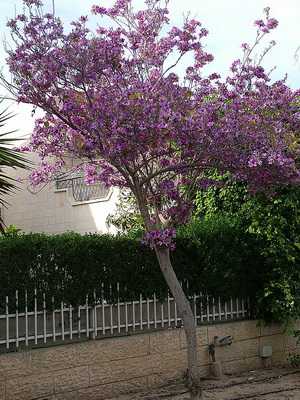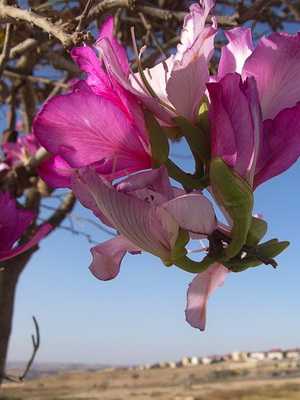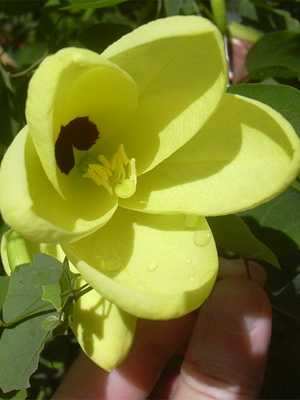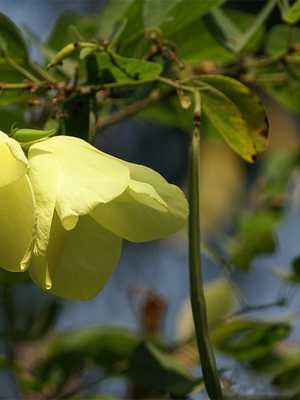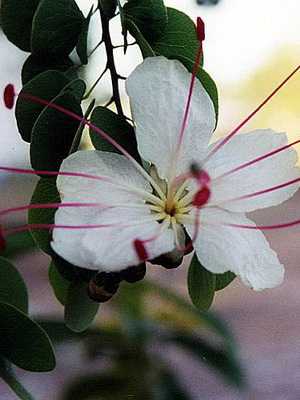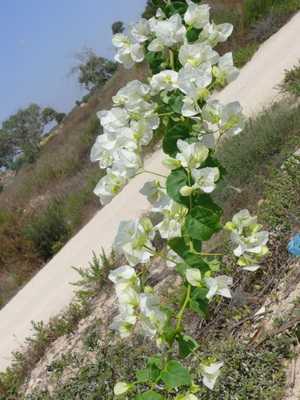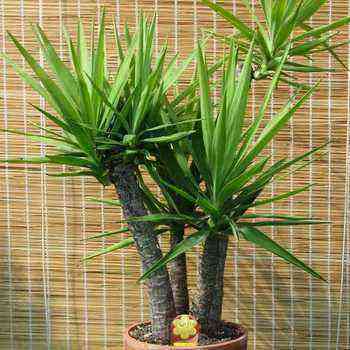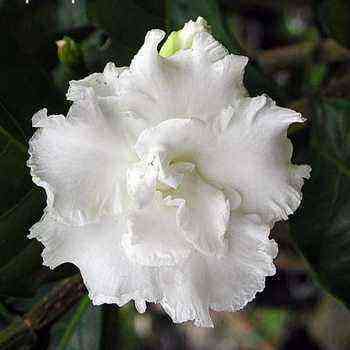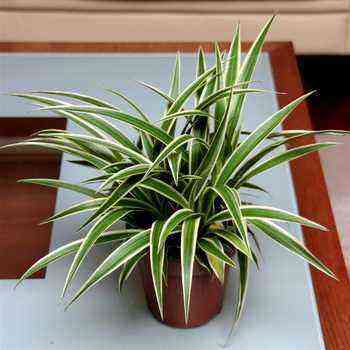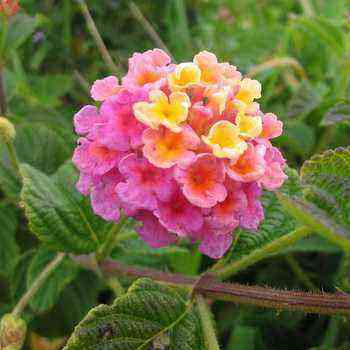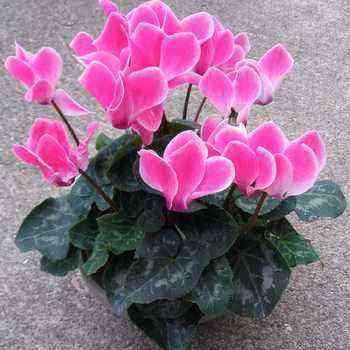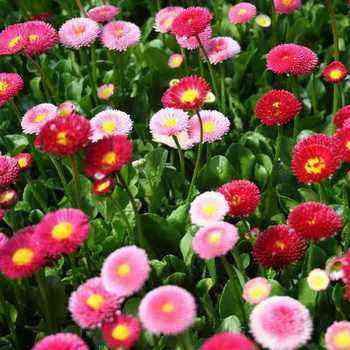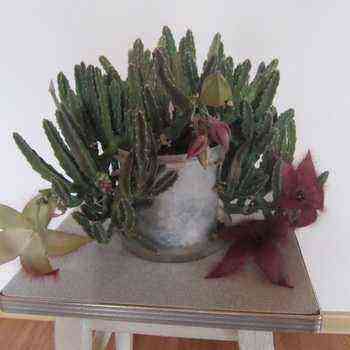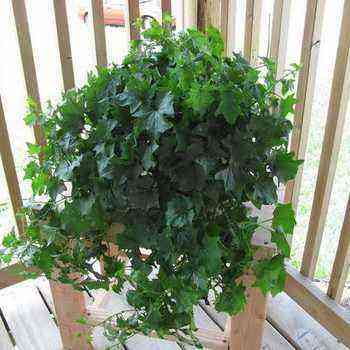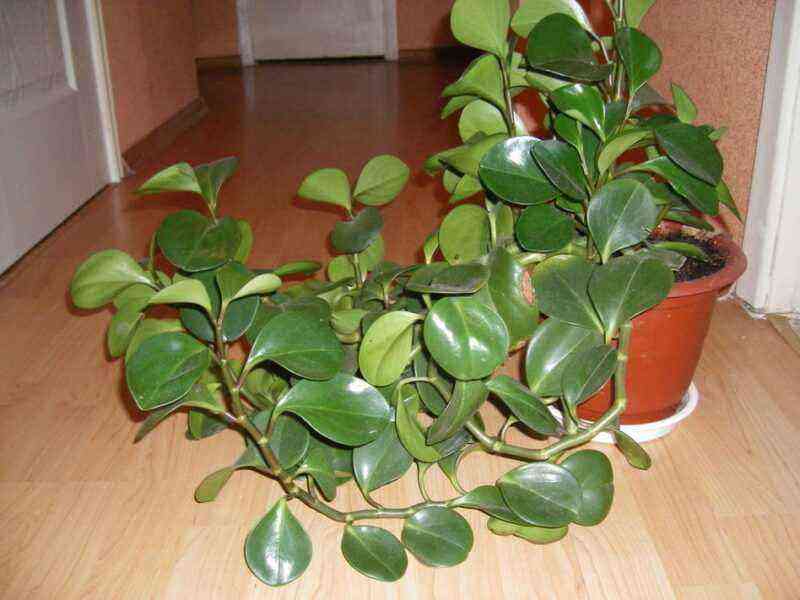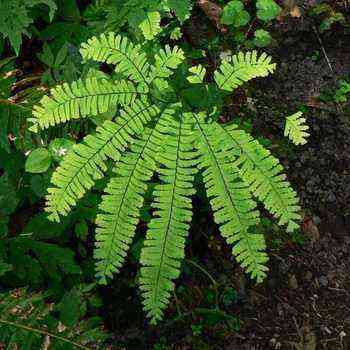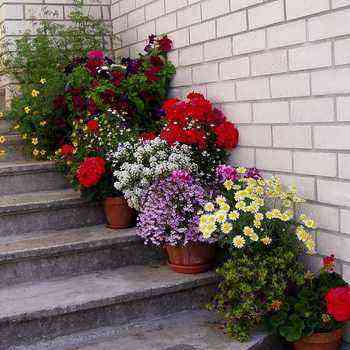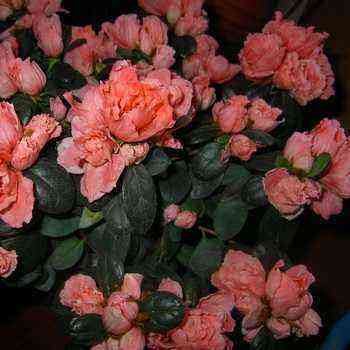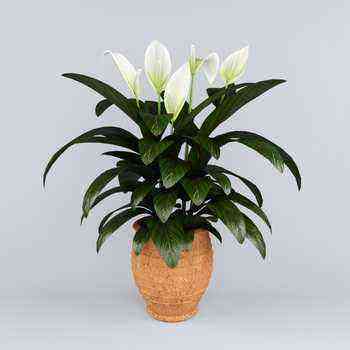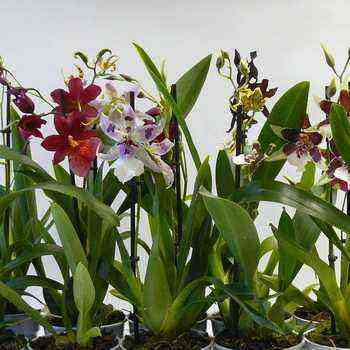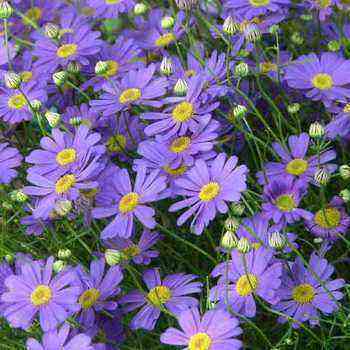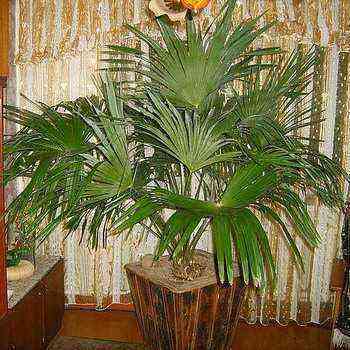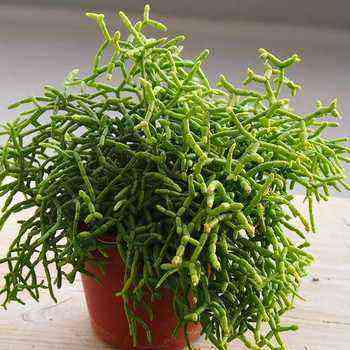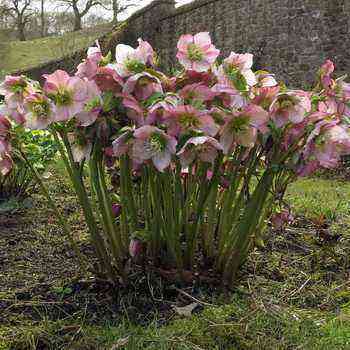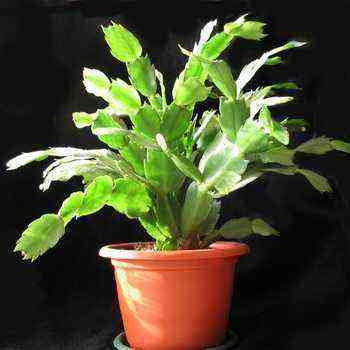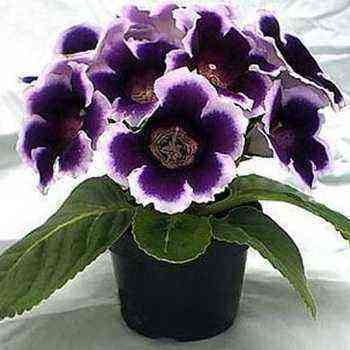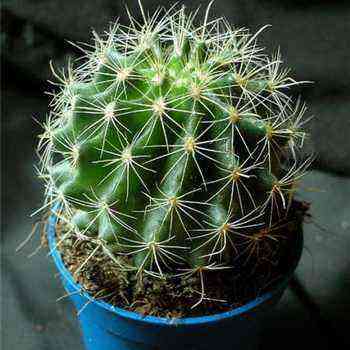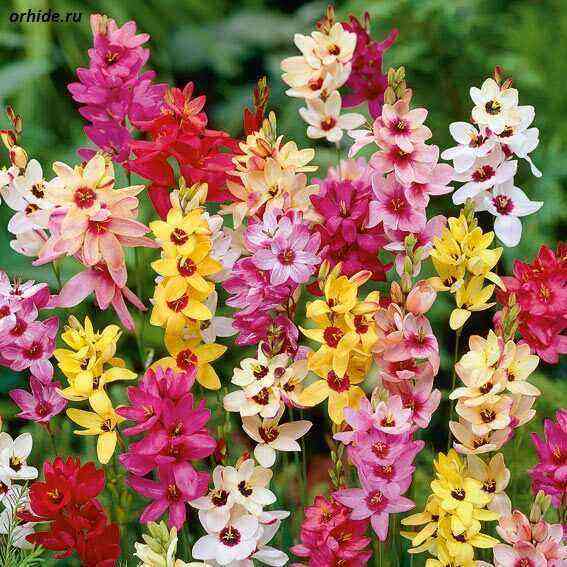Department: angiosperms (Magnoliophyta).
Class: dicotyledons (Dicotyledones).
Procedure: legumes (Fabales).
Family: legumes (Fabaceae).
Sort by: bauhinia (Bauhinia).
Type: purple bauhinia (B. purpurea).
Bauhinia purpurea is native to Southeast Asia. We bring to your attention an article about the bauhinia orchid tree, in which you can find out interesting facts about this plant, as well as see a photo of bauhinia, which is widely used in landscape design.
The natural habitat of Bauhinia purpurea covers Bangladesh, Bhutan, China, Hong Kong, India, Myanmar, Nepal, Pakistan and the Philippines. Also brought to Africa, Australia, North and Central America.
The species is found in a wide variety of plant communities, from rainforest lowland and mountain forests to savannahs, from swamps to arid areas.
Orchid tree bauhinia purpurea is a deciduous shrub or small tree up to 10 m high.Its leaves are alternate, petiolate, bilobate, up to 12 cm in length and width, the plate is dark green with a silvery tinge.
Bauhinia flowers are bisexual, zygomorphic, reach 15 cm in diameter, form inflorescences. The petals are purple or pink, adorned with strokes and dots, especially striking on the upper petal. The fruit is dry – a brown pod up to 30 cm long with many flat oblong brown seeds.
Bauhinia orchid tree and a photo of its flowers
Bauhinia purpurea in nature reproduces mainly by seeds, in culture – more often vegetatively (by cuttings and grafts).
In autumn, bauhinia branches are covered with flowers with a delightful scent.
Despite some similarities between bauhinia flowers and orchids, this plant belongs to the legume family.
It blooms in autumn, pollinated by insects. The fruits ripen in late next spring – early summer. When they open, they release seeds that germinate around the mother. Bauhinia has no special devices for spreading seeds.
Pay attention to the photo of the bauhinia orchid tree in landscape – it is planted mainly in subtropical regions.
Along with purple bauchinia, b. tomentosa (B. tomentosa), lonely (B. monandra), variegated (B. variegata) and its hybrid with purple bauchinia are also popular. Blank (B. blankeana). Since the latter does not give viable seeds, it is propagated only vegetatively.
Of bauhinia hooker (B. hookeri) create graceful bonsai-style compositions.
Gardeners appreciate purple bauhinia not only for its luxurious flowers, but also for its unusual leaves that resemble a heart or a butterfly.
Bauhinia Blanca has been the flower emblem of Hong Kong since 1965. Its leaves are called the leaves of wisdom. Students use them instead of bookmarks for books, hoping they will help them prepare for exams.
Who and when brought Blanc’s Bauhinia is unknown. French missionaries discovered it in 1880 among the ruins of an old house on the western part of Hong Kong Island and donated it to the collection of the local botanical garden. Stephen Troyt Dunn, head of the Hong Kong Botany and Forestry Authority, while writing the scientific description, named the tree after Sir Henry Blake, who was the governor of the island at the time and helped develop the garden.
No special measures are taken to protect bauhinia purpurea. It is known to grow in some reserves, for example, in the “Valley of Neora” National Park (India). Nepalese and Indian botanists are investigating the possibility of storing bauhinia seeds in a seed bank.

